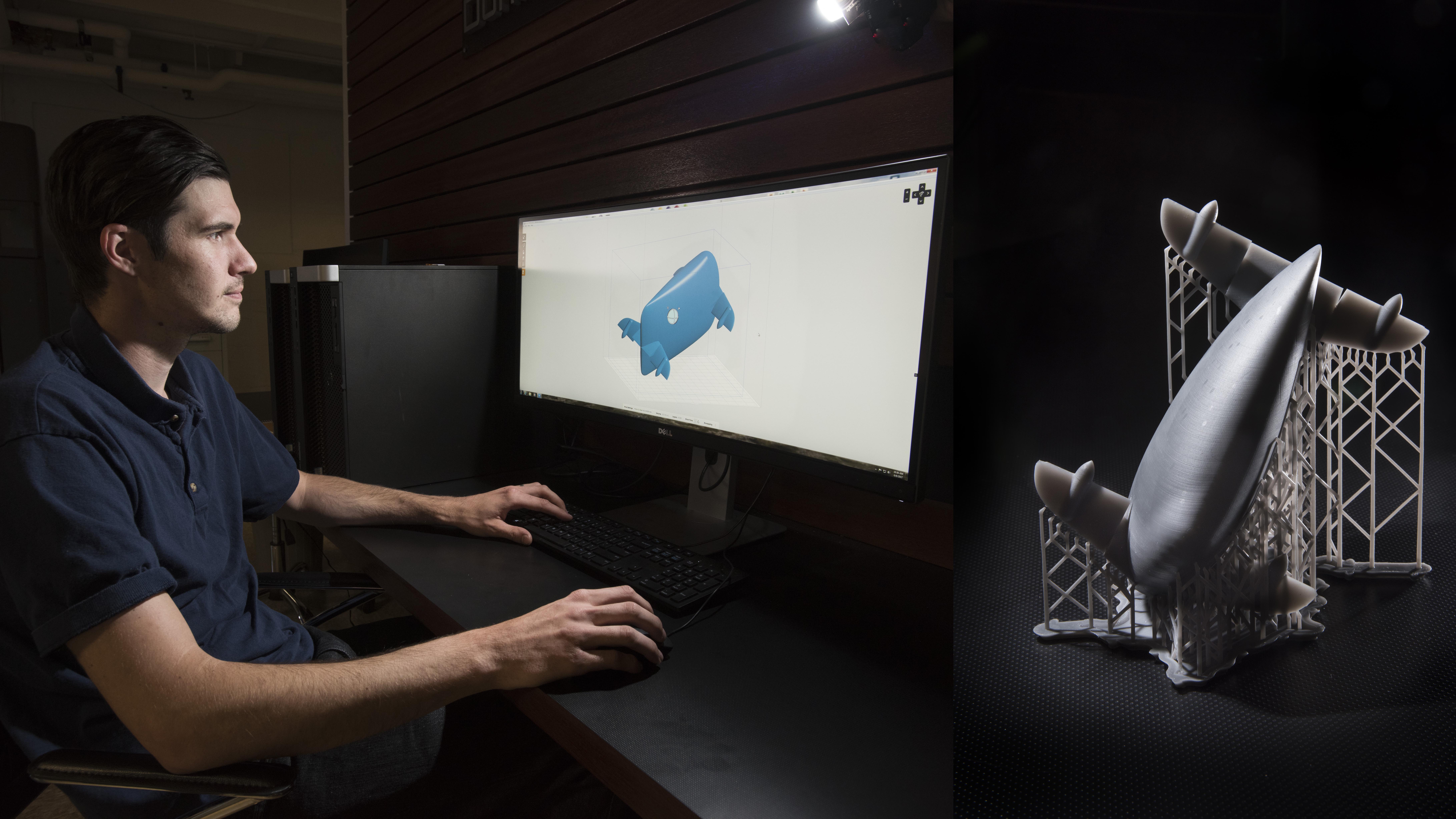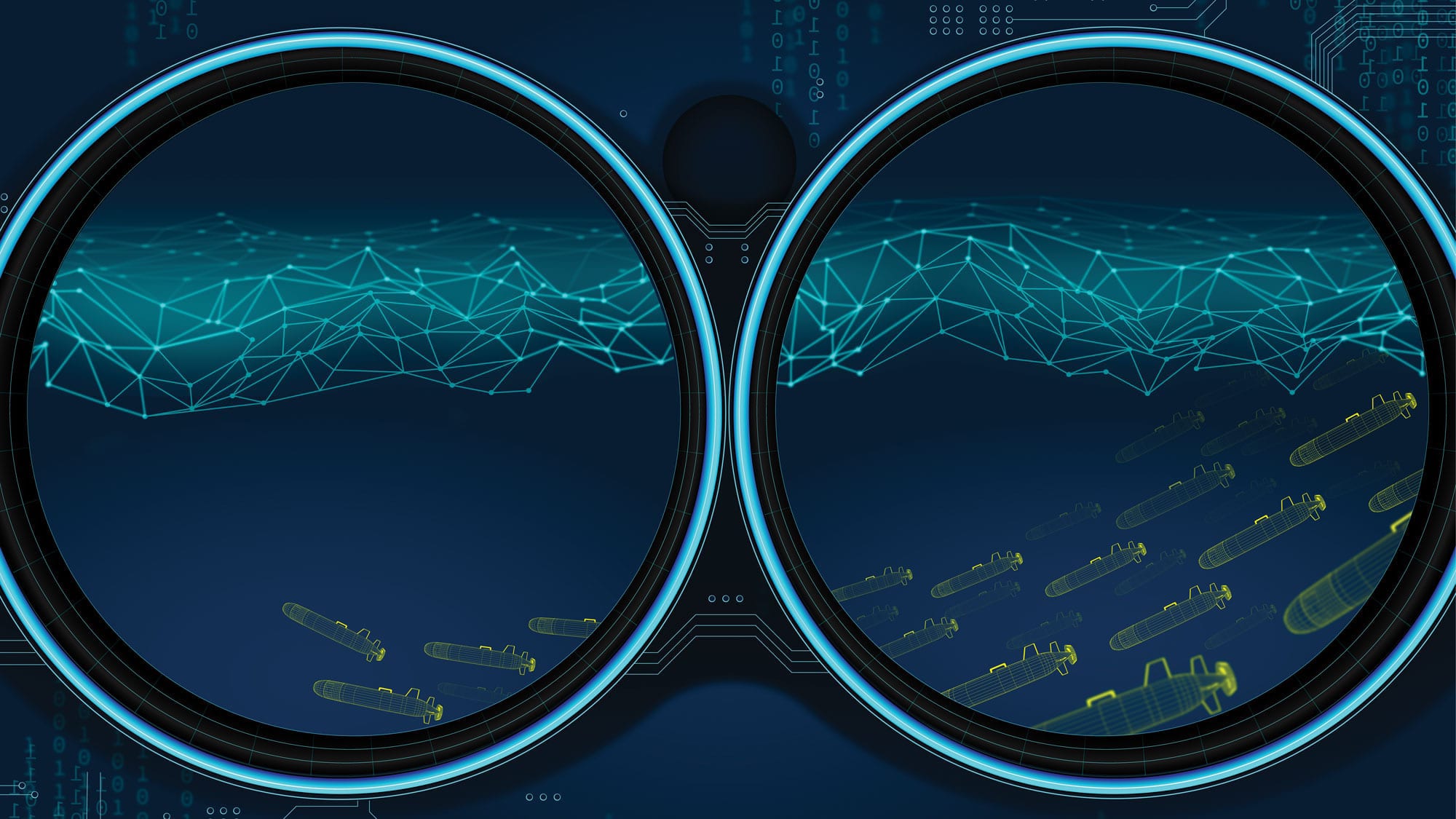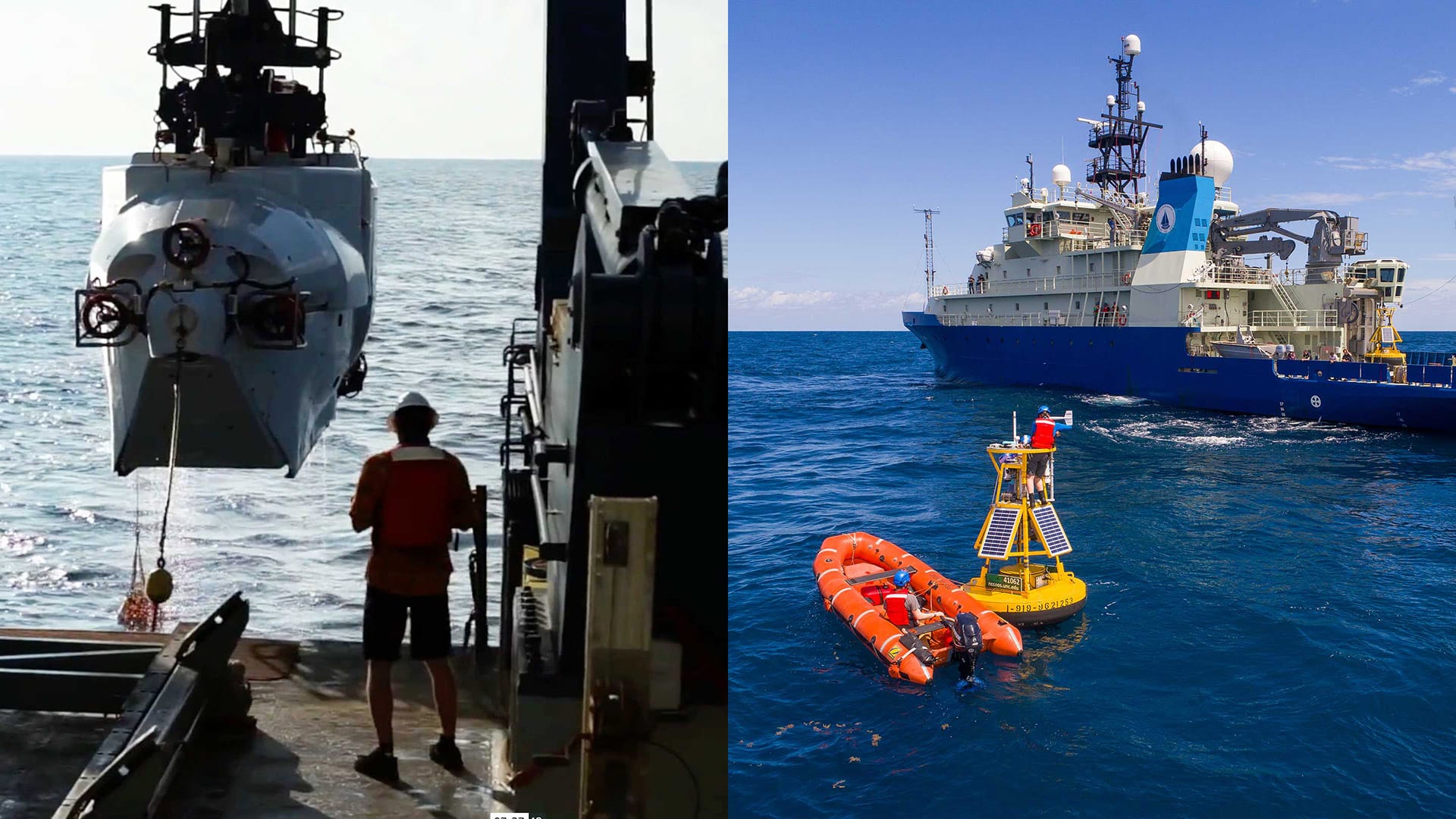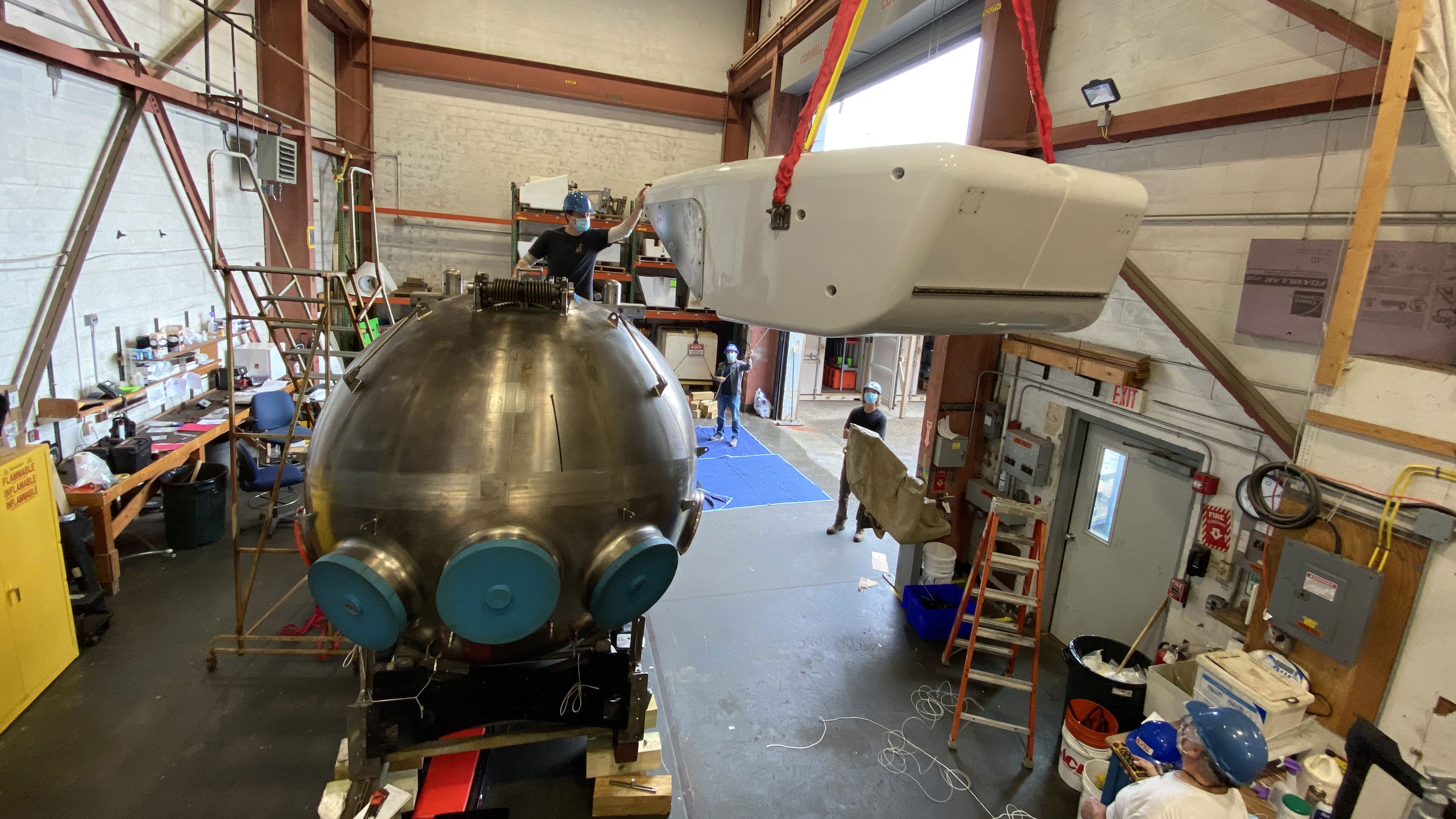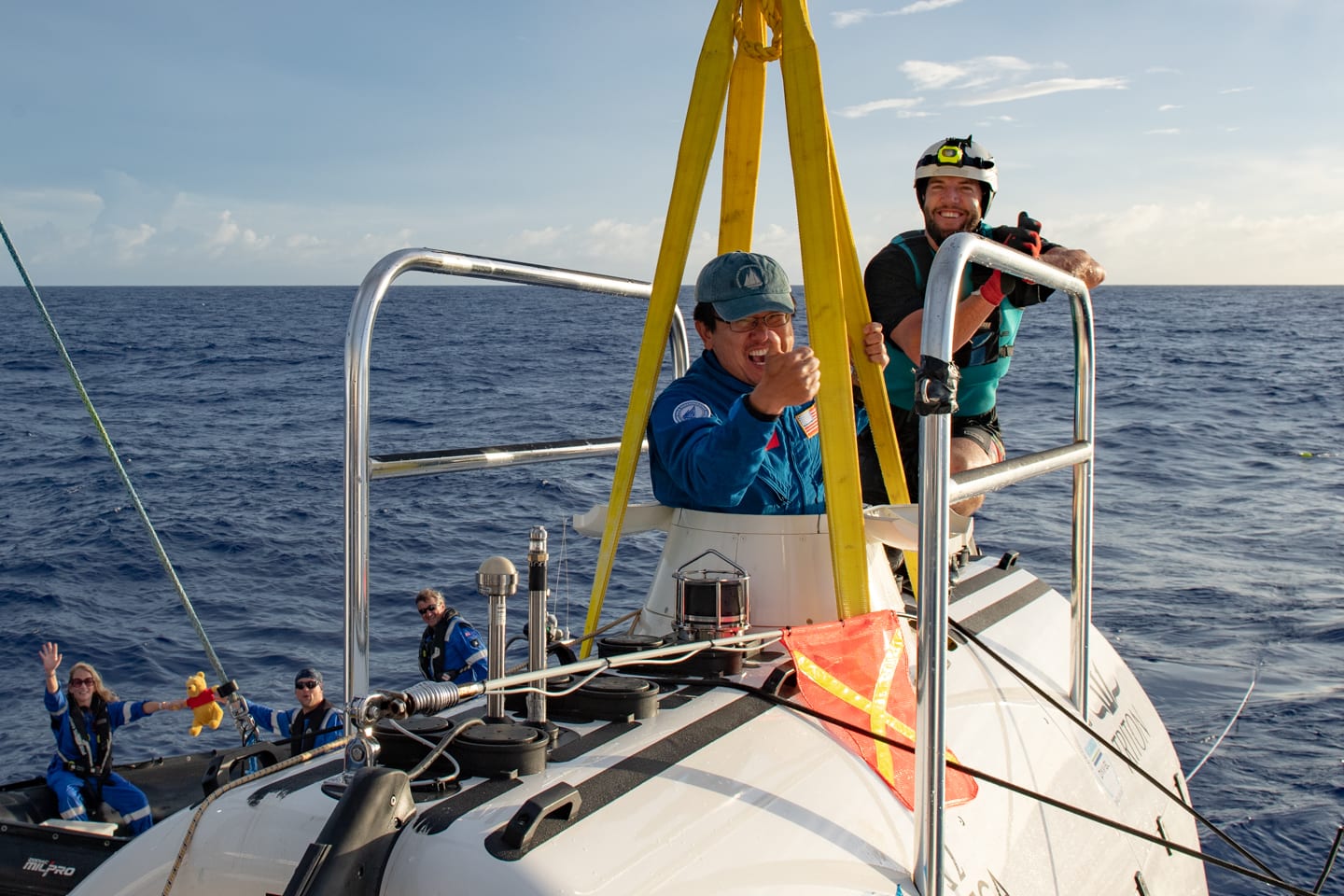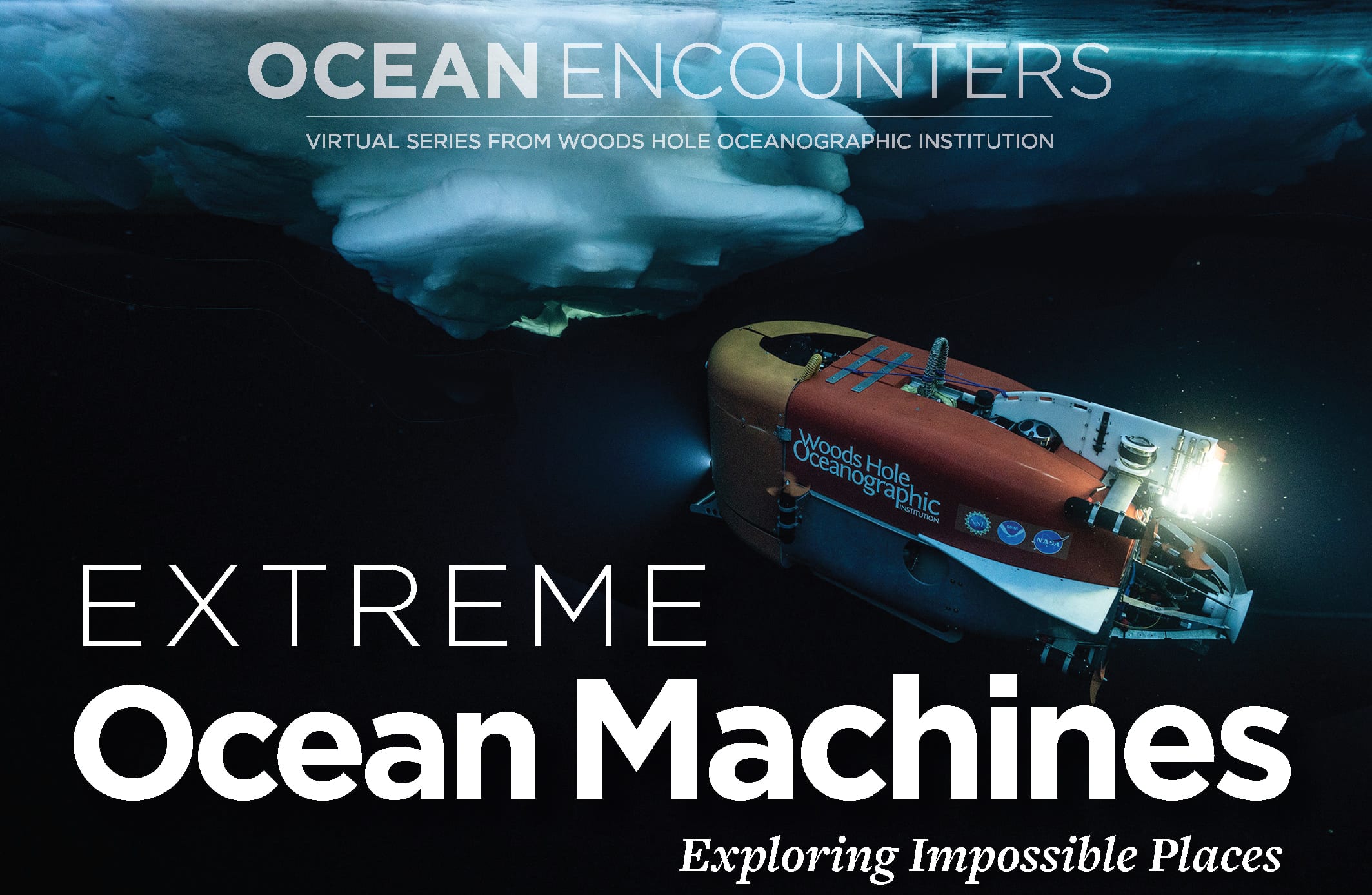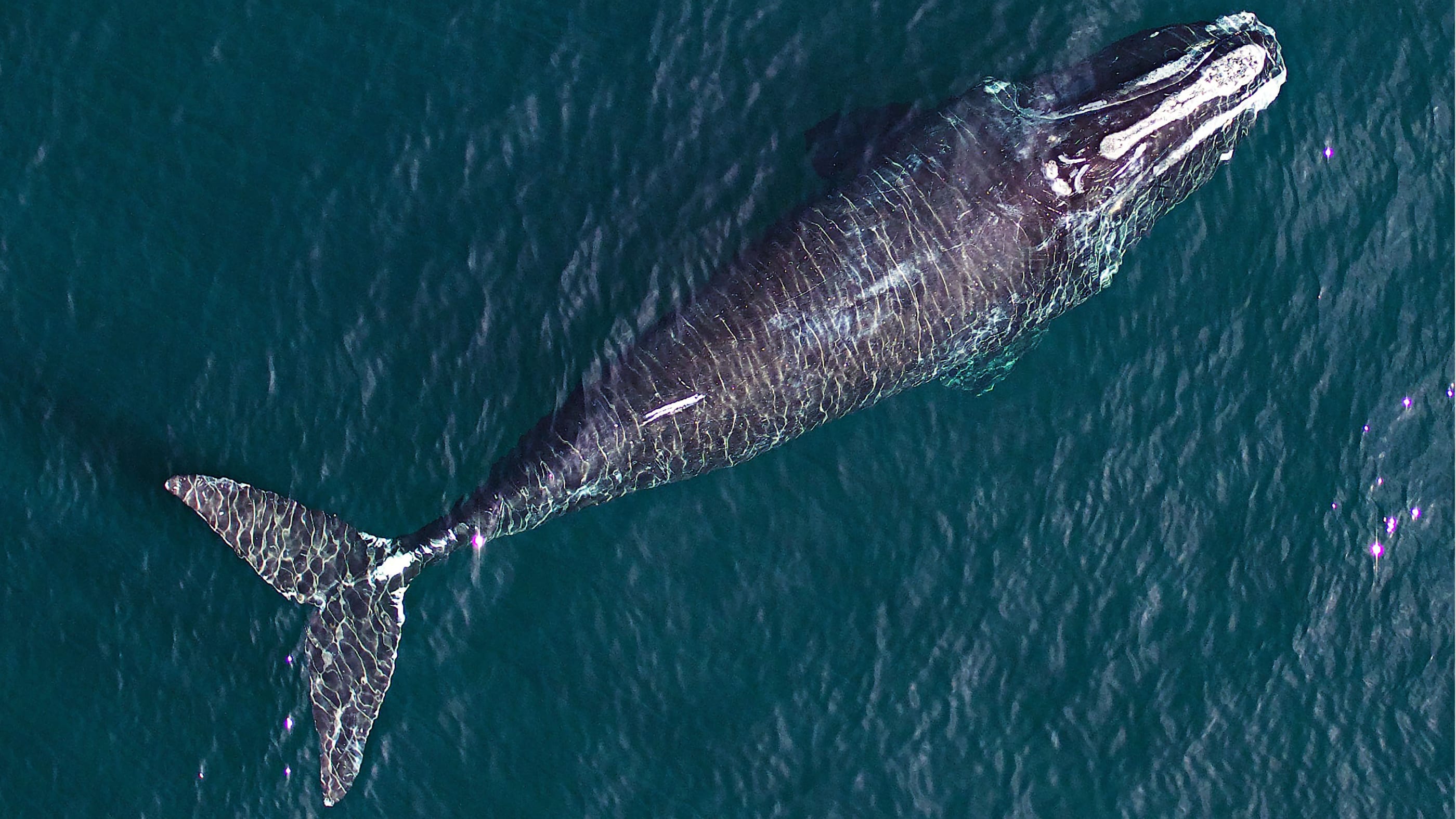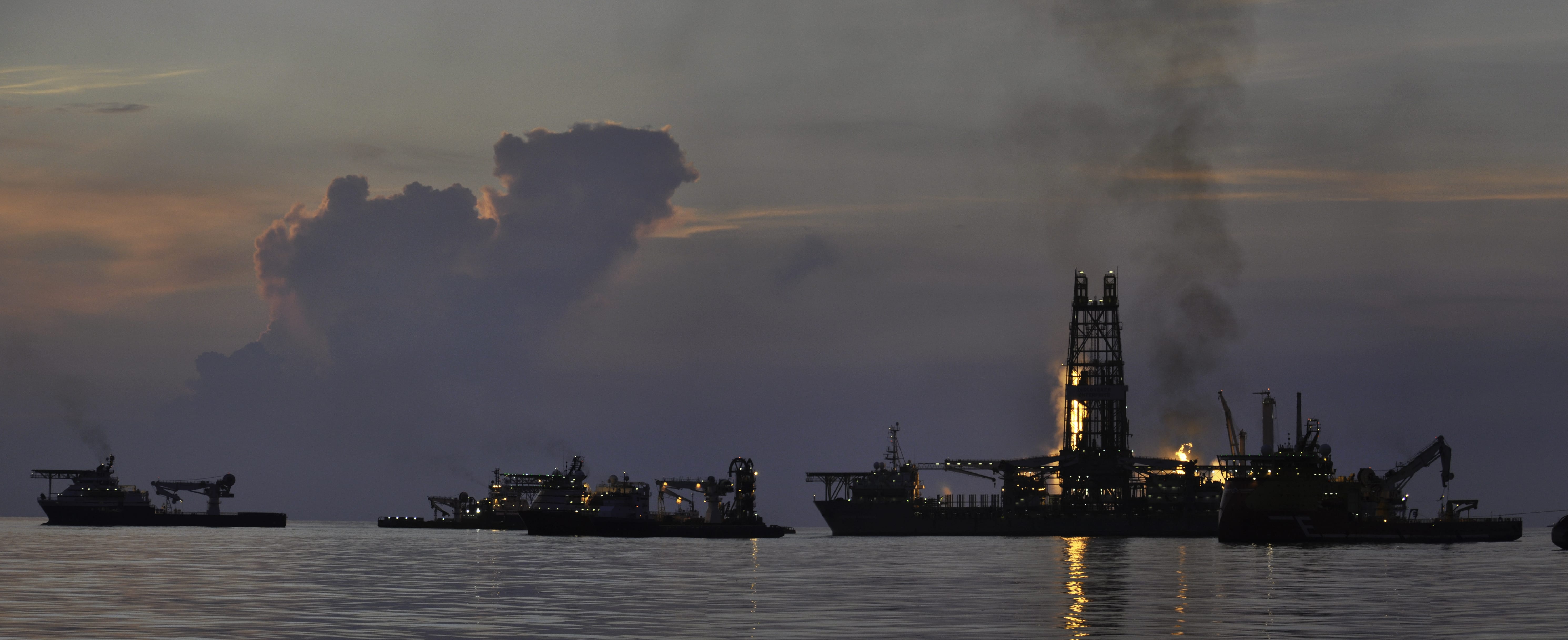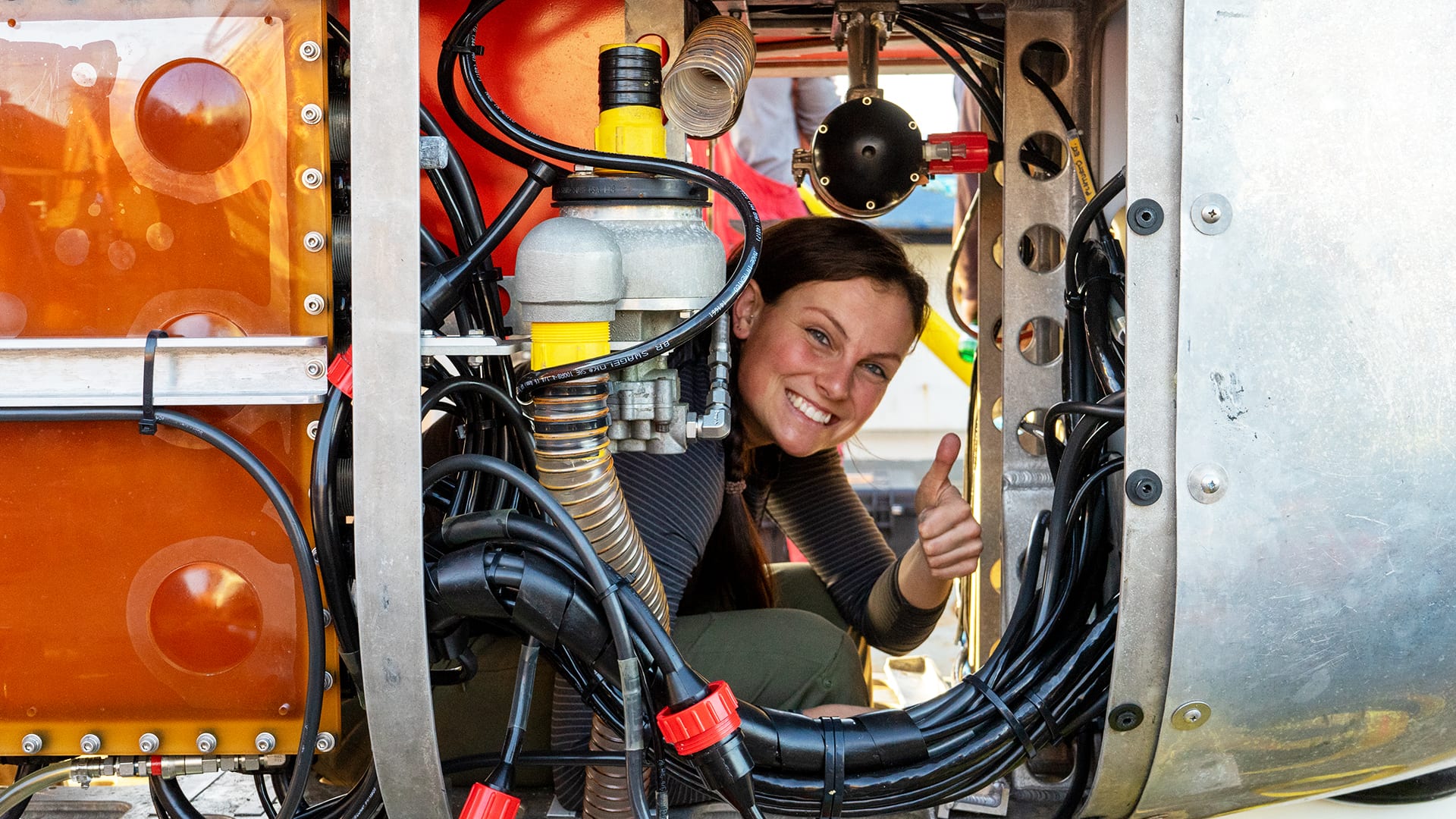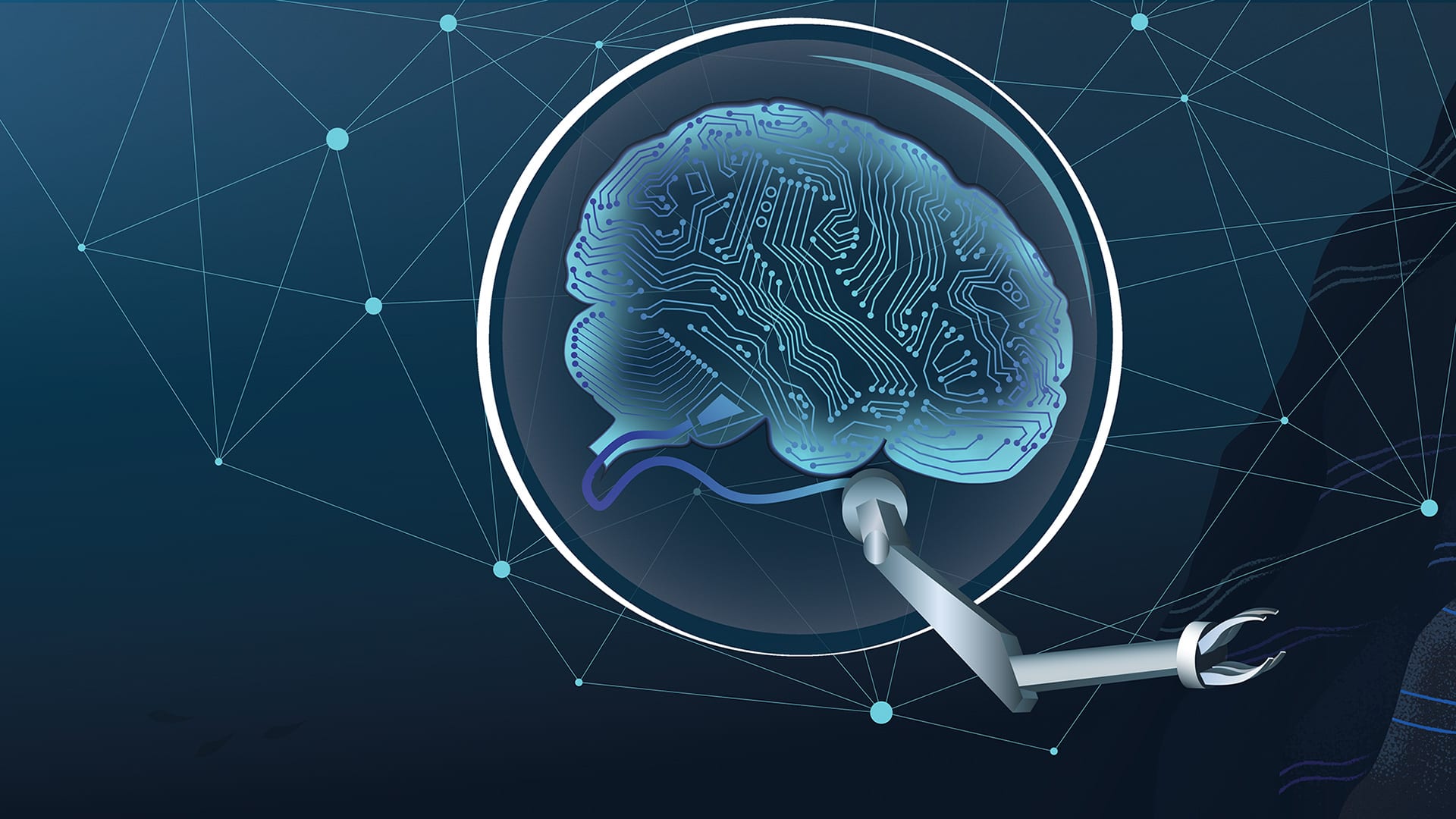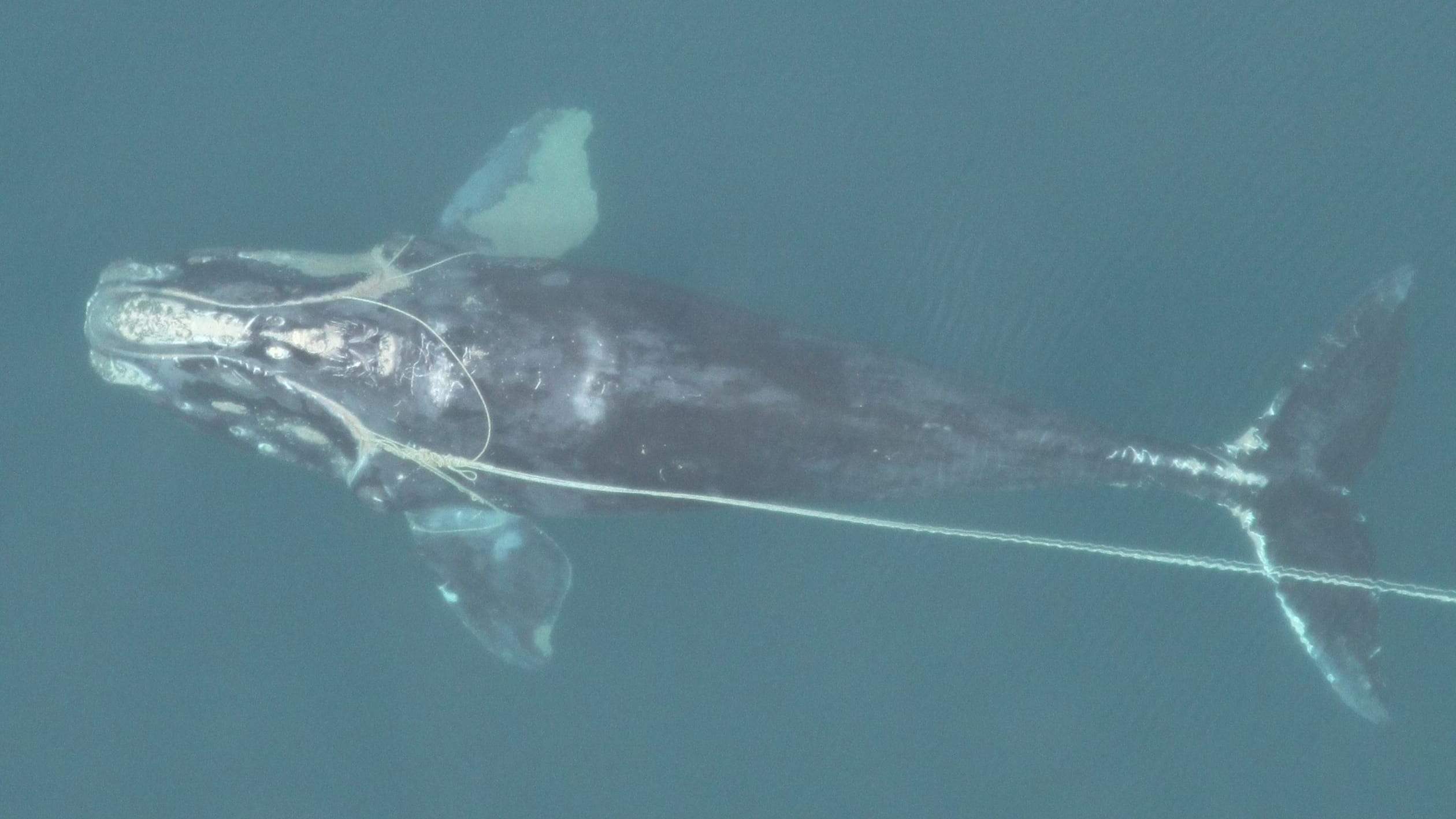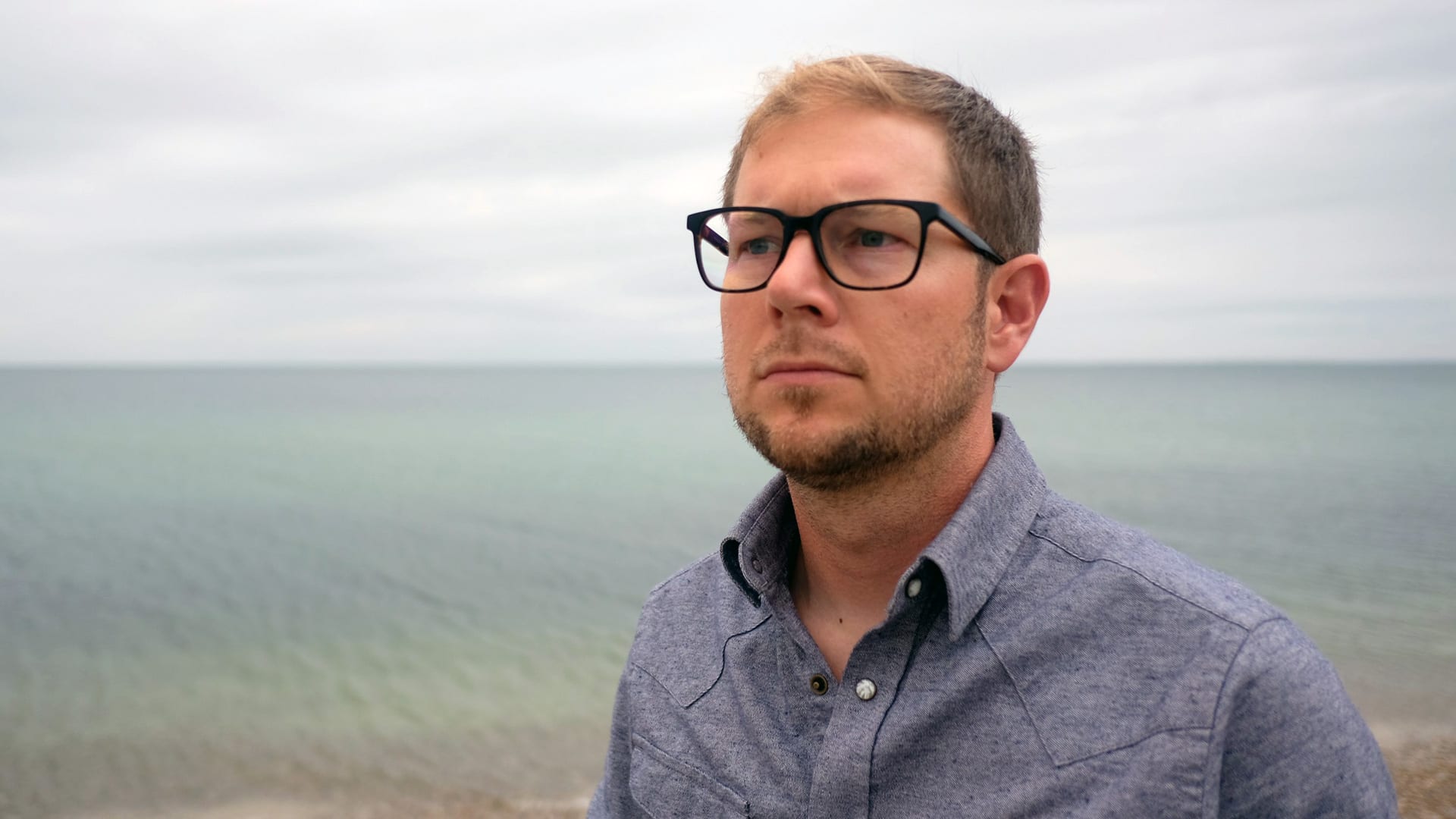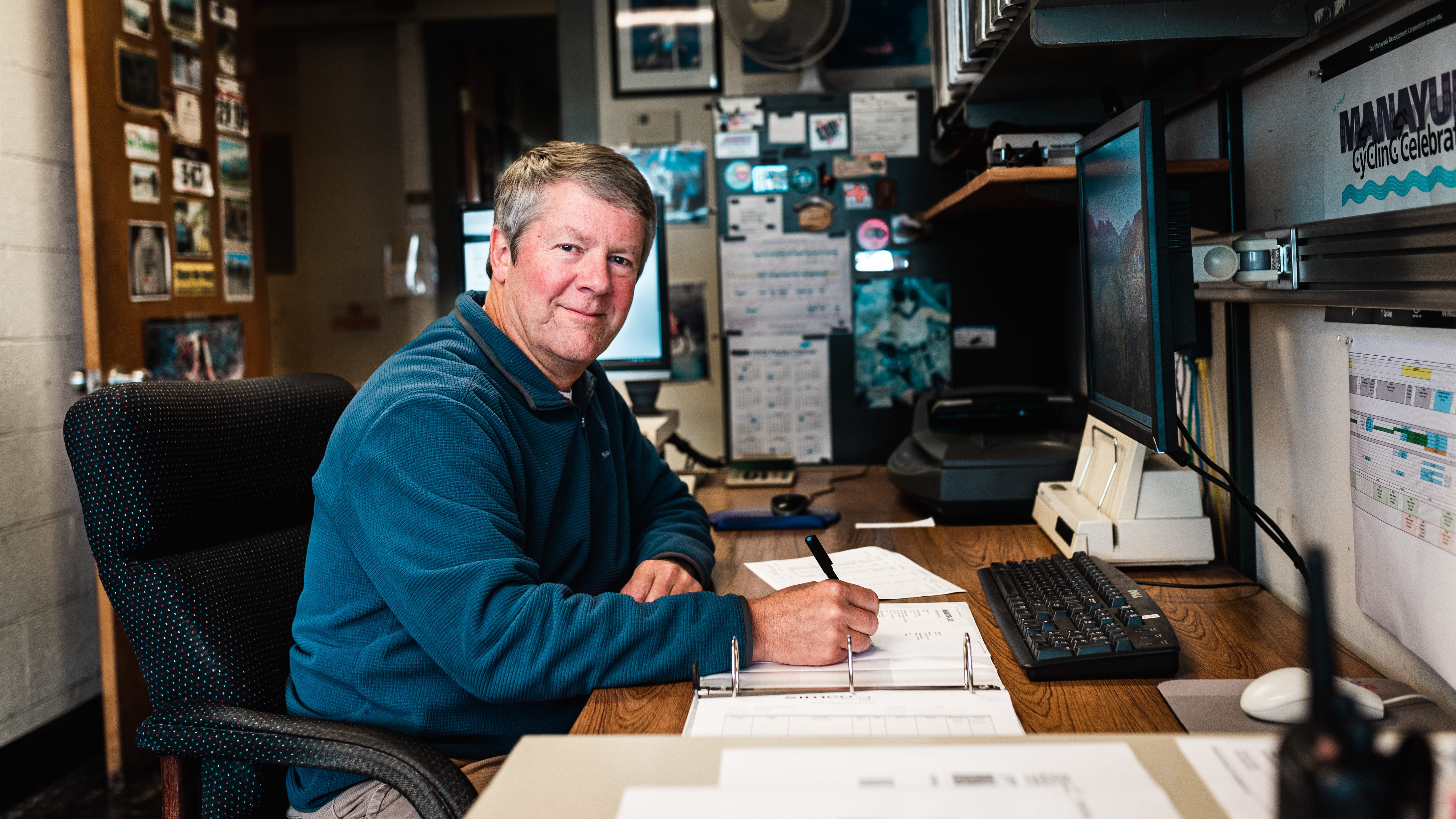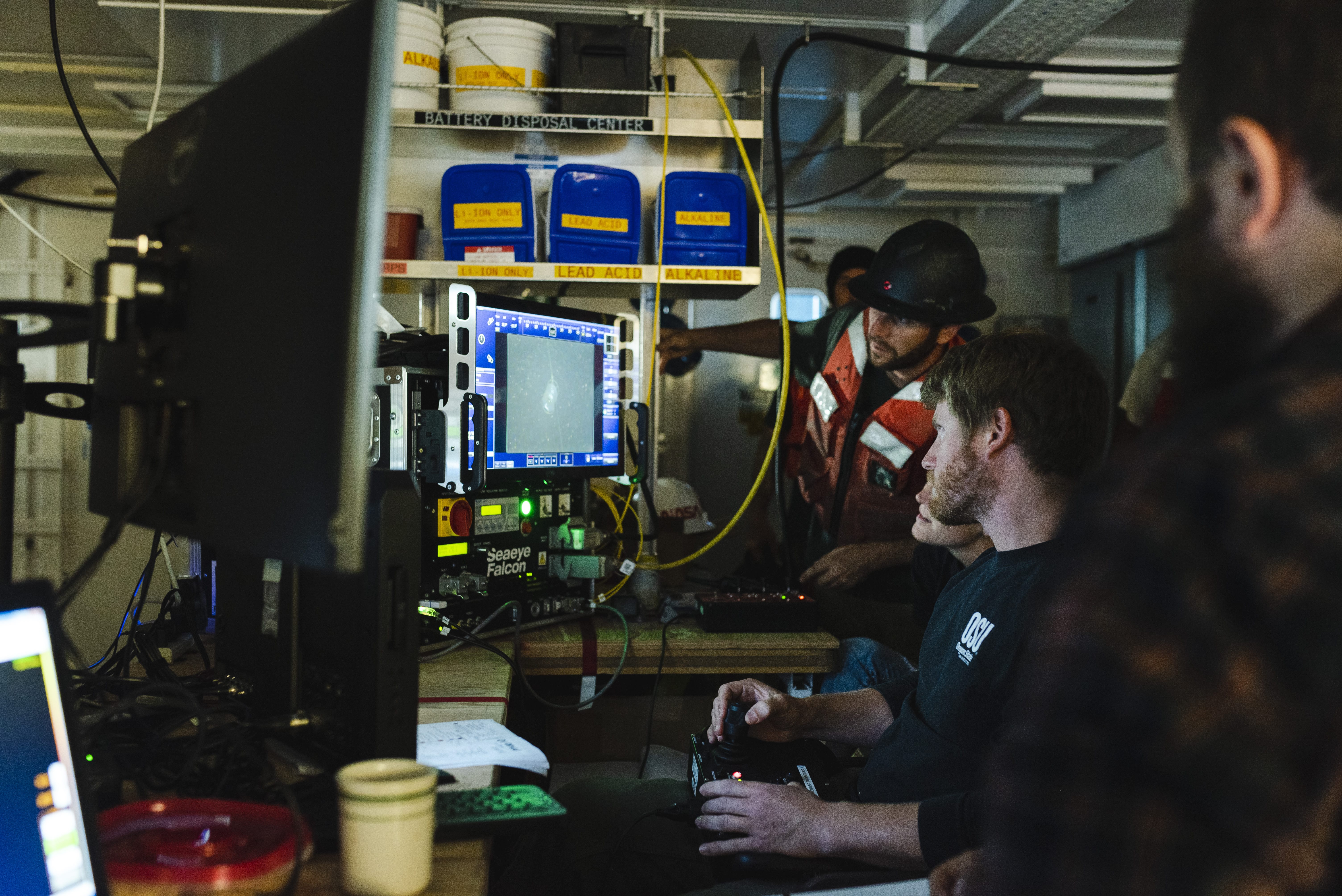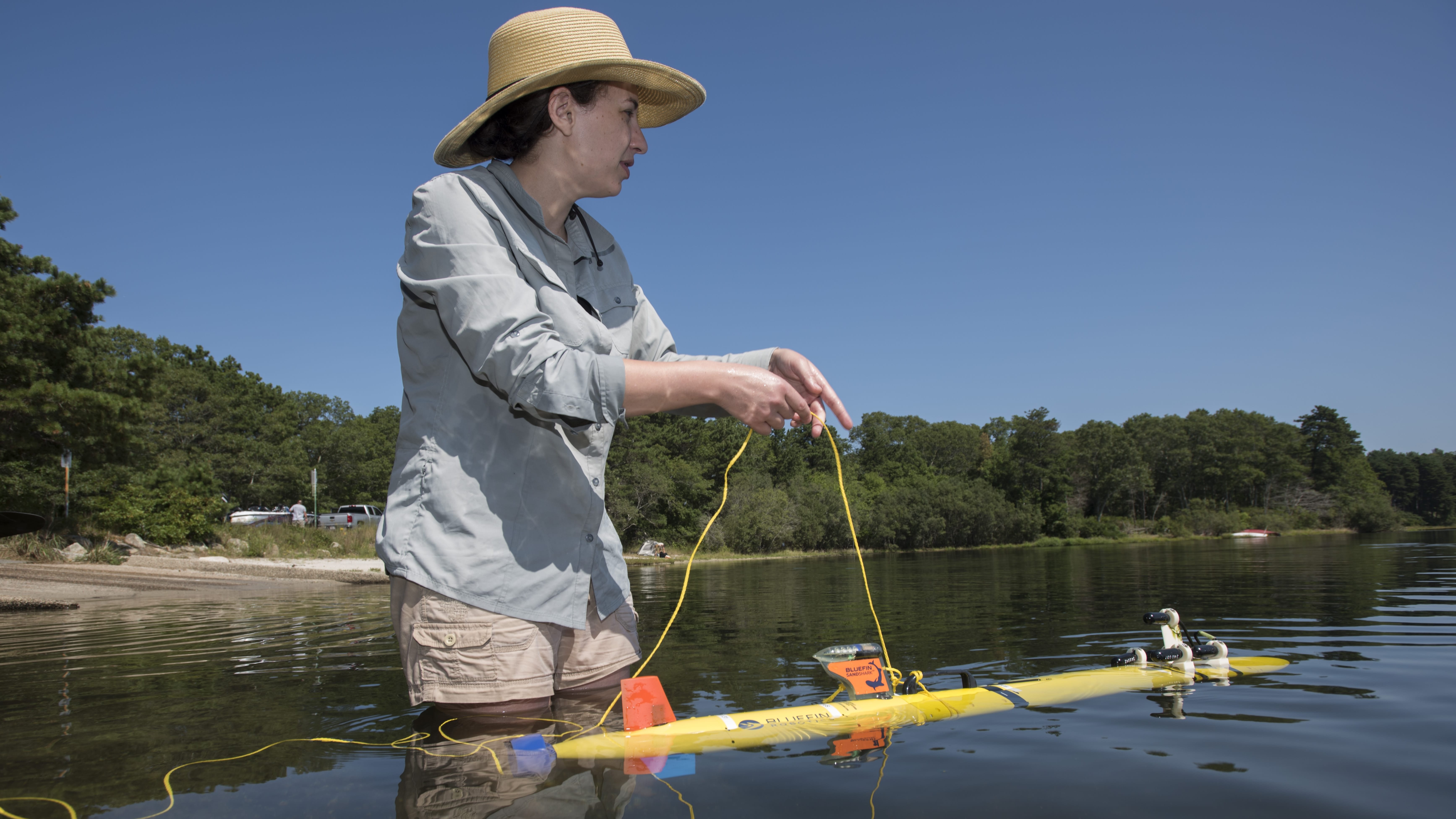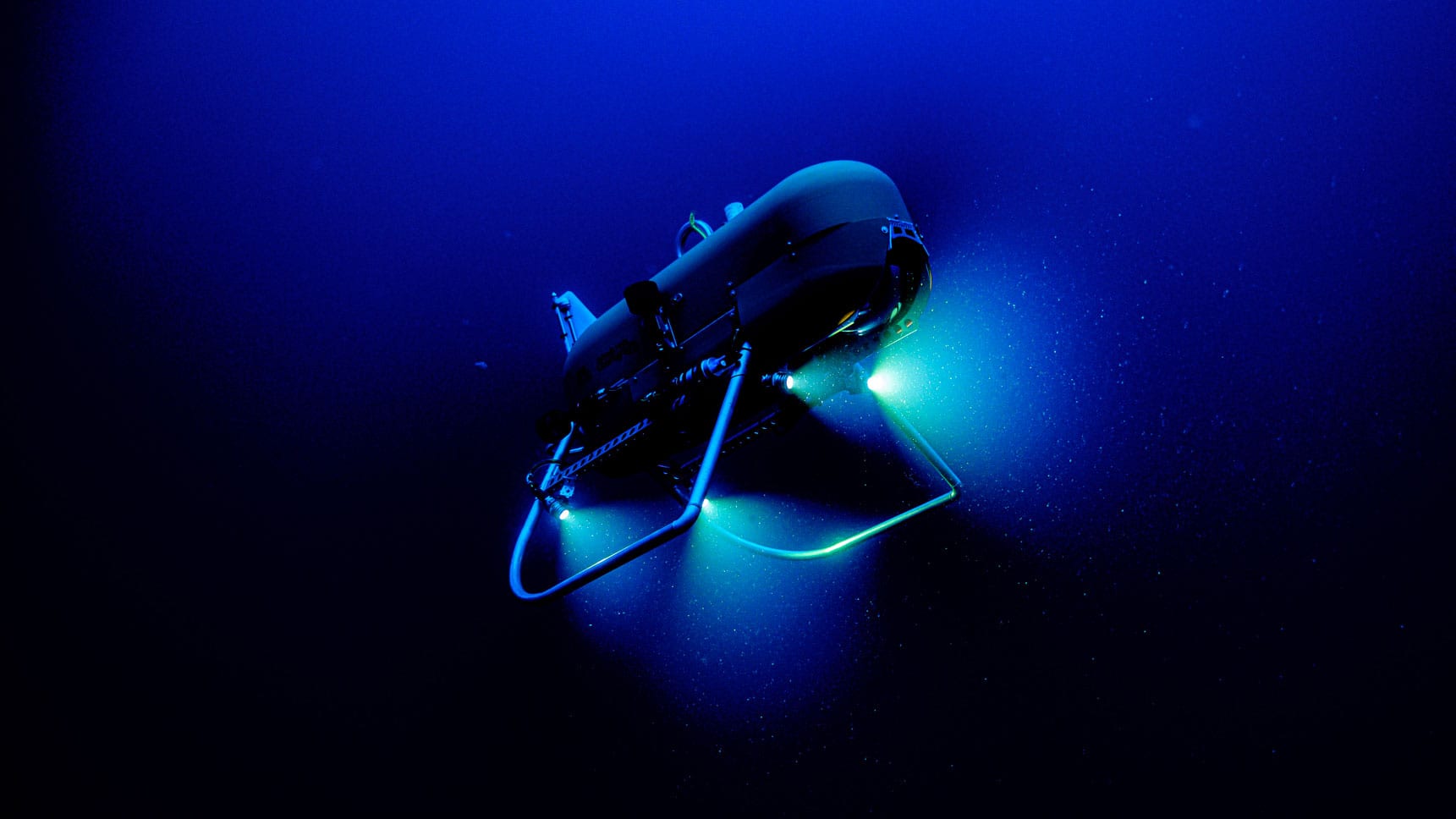Applied Ocean Physics & Engineering
WHOI Announces D’Works Marine Technology Initiative for Massachusetts Startups and Entrepreneurs
Massachusetts has long been known as a center of invention and technical innovation and, more recently, has gained attention for its vibrant marine robotics startup community. Now startup companies, entrepreneurs,…
Read MorePenguins Are Nature’s Best Snugglers
It turns out that penguins execute their huddles with a high degree of mathematical efficiency, as Blanchette and his team discovered. More recently, Daniel Zitterbart, a physicist at Woods Hole Oceanographic…
Read MoreSea Ahead
Once upon a time, ocean scientists hung up cans on up a tree on Bikini Atoll to measure wave height in the Marshall Islands during nuclear weapons testing. Today, ocean technologies and data harvesting are heading somewhere big, from swarming bots, to more autonomous submersibles, and the miniaturization of ocean sensors
Read MoreSea Ahead
Once upon a time, ocean scientists hung up cans on up a tree on Bikini Atoll to measure wave height in the Marshall Islands during nuclear weapons testing. Today, ocean technologies and data harvesting are heading somewhere big, from swarming bots, to more autonomous submersibles, and the miniaturization of ocean sensors
Read MoreWHOI Scientists Make Woods Hole Film Festival Appearance
Woods Hole Oceanographic Institution (WHOI) scientists appear in two shorts and a feature film at this year’s Woods Hole Film Festival (WHFF). In addition, scientists will also participate in Q&A…
Read More60 Years After Don Walsh Dove To Earth’s Deepest Point, Son Kelly Repeats The Feat
He was involved with an acoustics experiment developed by Ying-Tsong Lin from Woods Hole Oceanographic Institution, that recorded a signal 13.5 miles away and seven miles below.
Read MoreOverhaul to take Alvin to greater extremes
The Human Occupied Vehicle (HOV) Alvin returned to Woods Hole, Mass. this spring for the final phase of an overhaul that will allow the submarine to dive to 6,500 meters.
Read MoreWHOI researcher dives to Challenger Deep
Ying-Tsong Lin is the 12th person in history and the first person of Asian descent to visit ocean’s deepest seafloor A Woods Hole Oceanographic Institution researcher became one of just…
Read MoreROVs: A marine robotics paragon.
Carl Wirsen from WHOI, in his presentation, displayed how little we know about the deepest part of the oceans.
Read MoreOcean explorer and filmmaker James Cameron to host virtual event on Extreme Ocean Machines
On May 20, ocean explorer and world-renowned filmmaker James Cameron will host a special edition of Ocean Encounters, a popular virtual event series from Woods Hole Oceanographic Institution.
Read MoreWHOI joins effort to accelerate marine life protection technology
WHOI has teamed up with Greentown Labs and Vineyard Wind to launch the Offshore Wind Challenge. The program, which is also partnering with New England Aquarium, calls on entrepreneurs to submit proposals to collect, transmit, and analyze marine mammal monitoring data using remote technologies, such as underwater vehicles, drones, and offshore buoys.
Read MoreWhat did scientists learn from Deepwater Horizon?
Ten years after the Deepwater Horizon explosion caused the largest accidental marine oil spill in history, WHOI marine geochemists Elizabeth Kujawinski and Christopher Reddy review what they— and their science colleagues from around the world—have learned.
Read MoreOpening our eyes to the deep: Molly Curran
Molly Curran is a mechanical engineer in WHOI’s Deep Submergence Laboratory. She works on the design and operation of deep-sea robotic systems, including remotely operated vehicles, autonomous vehicles, and deep-sea samplers. She was the institution’s first pilot for Mesobot, WHOI’s latest autonomous robot designed to study the midwater realm known as the ocean twilight zone.
Read MoreWHOI scientist selected for industry-funded accelerator program
Anna Michel, an associate scientist and early-career researcher in WHOI’s Applied Physics and Ocean Engineering Department, has been awarded a spot in the RBR2020 cohort.
Read MoreSpock versus the volcano
Five hundred meters below the calm surface waters of the Aegean Sea off Santorini Island, Greece, lies an active submarine volcano. There, a decision-making robot equipped with artificial intelligence searches for life and danger.
Read MoreVolcano space robots are prepping for a wild mission to Jupiter
To build machines capable of plunging into the frozen oceans on Europa and Enceladus, Nasa tested out submersibles in one of Earth’s most inhospitable environments
Read MoreSeaWorld & Busch Gardens conservation fund commits $900,000 to protect critically endangered North Atlantic right whales
The funding provided by the SeaWorld Conservation Fund will be primarily used to test alternative non-lethal fishing gear. Whales and sea turtles commonly entangle in ropes that connect crab or lobster traps on the sea floor to buoys on the sea surface.
Read MoreExploration Enabler: Robin Littlefield
WHOI engineer Robin Littlefield is on a mission to increase the reach of science through the development and operation of autonomous underwater vehicles.
Read MoreAutonomous Robotic Boats Improve Environmental Sampling at Sea
An autonomous robotic system invented by researchers at MIT and the Woods Hole Oceanographic Institution (WHOI) efficiently sniffs out the most scientifically interesting — but hard-to-find — sampling spots in…
Read MoreHow Cheap Robots Are Transforming Ocean Exploration
For researchers, affordable tech opens up new worlds. “Your decision process is fundamentally different when you can use cheaper tools,” says Jim Bellingham, director of the Center for Marine Robotics…
Read MoreThe “sub” text of 45 years at Woods Hole Oceanographic Institution
Rick Chandler is a senior submersible engineer and administrator for the Alvin Group at Woods Hole Oceanographic Institution, where he’s worked for more than 45 years.
Read MoreFlight of the underwater falcon
How a remotely operated vehicle made by Saab is lending a watchful eye to scientific mooring operations.
Read MoreThe hive mind behind a swarm of submersibles
The vastness of our oceans demands extensive study methods. Erin Fischell, an assistant scientist in the Department of Applied Ocean Physics and Engineering, has been experimenting with a swarm of autonomous underwater vehicles that aim to both minimize cost and maximize the scope of scientific assessment at sea.
Read MoreThe Rise of Orpheus (Part 2)
WHOI’s new deep-sea autonomous underwater vehicle moves one step closer to exploring the hadal zone—the deepest region of the ocean—to search for new clues about the limits of life on Earth, and possibly beyond.
Read More
